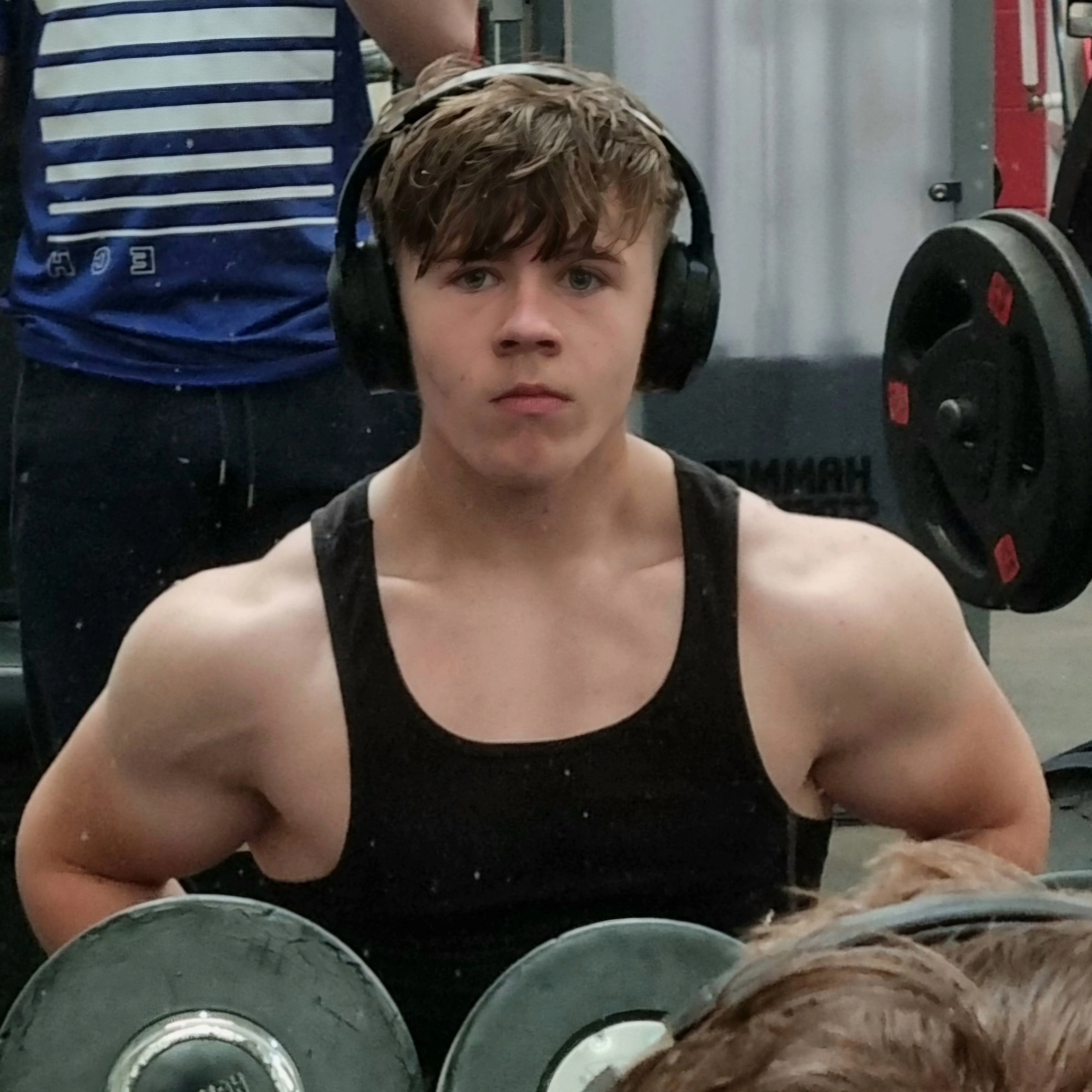Definitions
Cards (34)
- What is an atom?
- What is the atomic nucleus?
- What is a proton?
- What is a neutron?
- What is an electron?
- What is an electron shell?
- What is atomic number?
- What is mass number?
- What is an ion?
- What is an isotope?
- What are the key points of Dalton's Atomic Theory?
- Describe the Plum Pudding Model.
- What does the Nuclear Model propose?
- What is the Bohr Model of the atom?
- What does the Quantum Mechanical Model describe?
- What is the periodic table?
- What is a group in the periodic table?
- What is an element?
- What is a compound?
- What is a mixture?
- What are alkali metals?
- What are halogens?
- What are noble gases?
- What are metals?
- What are non-metals?
- What are transition metals?
- What are the main separation techniques in chemistry?
- What is chromatography?
- What is filtration?
- What is crystallisation?
- What is simple distillation?
- What is fractional distillation?
- What is displacement in chemistry?
- What is relative atomic mass?
